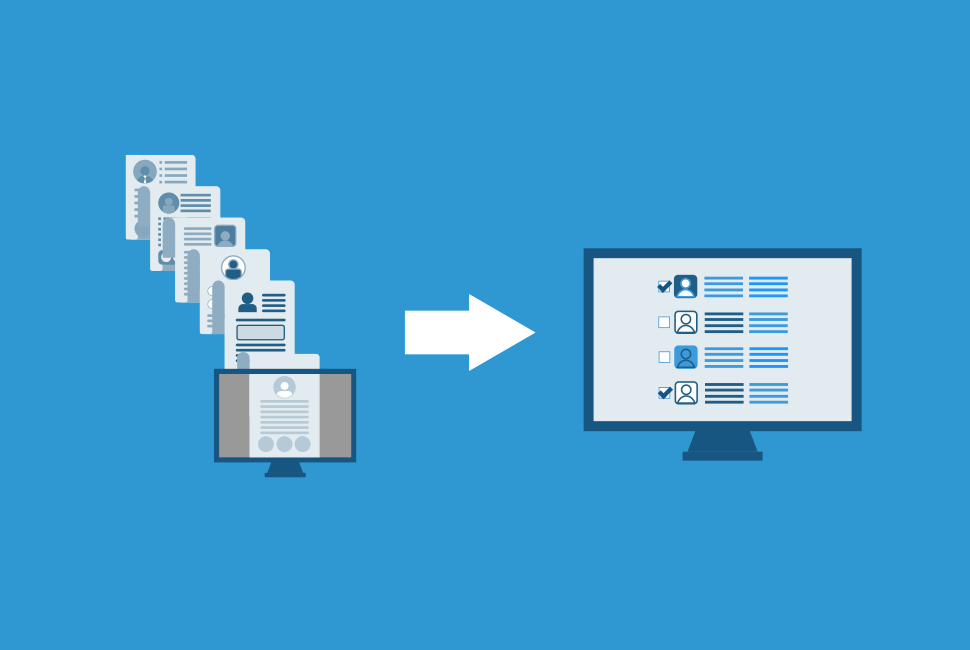Resume Parsing: How to get your resume past the tech and into the hands of a recruiter

Beat the bots and get your resume in the hands of a recruiter
A recruiter is tasked with reviewing hundreds of applications and resumes each day. On average, a recruiter receives sixty resumes to review. Multiplying that by 365 days, and that is 21,900 resumes per year!
Sifting through these resumes is time consuming and entering candidate information into an Applicant Tracking Systems (ATS) is a tedious task. Recruiters have adopted a technology called resume parsing to streamline the resume and applicant screening process.
So, what is resume parsing?
Parsing technology allows recruiters to electronically gather, store, and organize large quantities of resumes. Once it is in the system, the resume data can be easily searched through and analyzed.
How does resume parsing work?
Resume parsing begins by uploading, automatically or manually, all applications for a given position into the parsing software. Once the applications are uploaded, resume parsing tools scan each document and extract all relevant information and applications, based on a recruiter’s needs. In most cases, relevant information includes specific job skills, work experience, education credentials, skills and more. Parsing software saves recruiters hours otherwise required to manually read through each individual application.
So, you applied for a job, uploaded your resume, but it’s been weeks and you haven’t received a call or email from the recruiter. Check out these tips to optimize your resume for parsing technology and help you get noticed!
- Pay Attention to Skills: Most recruiters search by specialized or technical skills. Make sure your resume includes all of your skills and experience that a recruiter may be searching for.
- Use Language from the Job Description: Look through the job listing to determine the skills required. Identify industry terms and buzzwords in the description and incorporate these into your resume.
- Customize Each Resume: If you want your resume to be one of the top rated for each position, you must tailor your skills and experience to each specific opportunity.
- Ditch Irrelevant Info: Only include past positions and skills that are relevant to the job at hand. Irrelevant positions just end up as a waste of valuable real estate on your resume.
- Keep It Simple: Stick to simple layout (no images or infographics) and bullet points. Bullet points are a great way to highlight accomplishments and qualifications on a resume. Avoid using elaborate characters when creating a bulleted list on your resume. Stick to the simplest options, such as a solid circle to ensure your bullet points enhance your resume, rather than make it incompatible with parsing technology.
Remember that even though you submitted your resume online, it never hurts to send a direct email to the recruiter or hiring manager to follow up on your application. Send them your resume and a brief explanation as to why you are the perfect fit for the position, these go a long way



